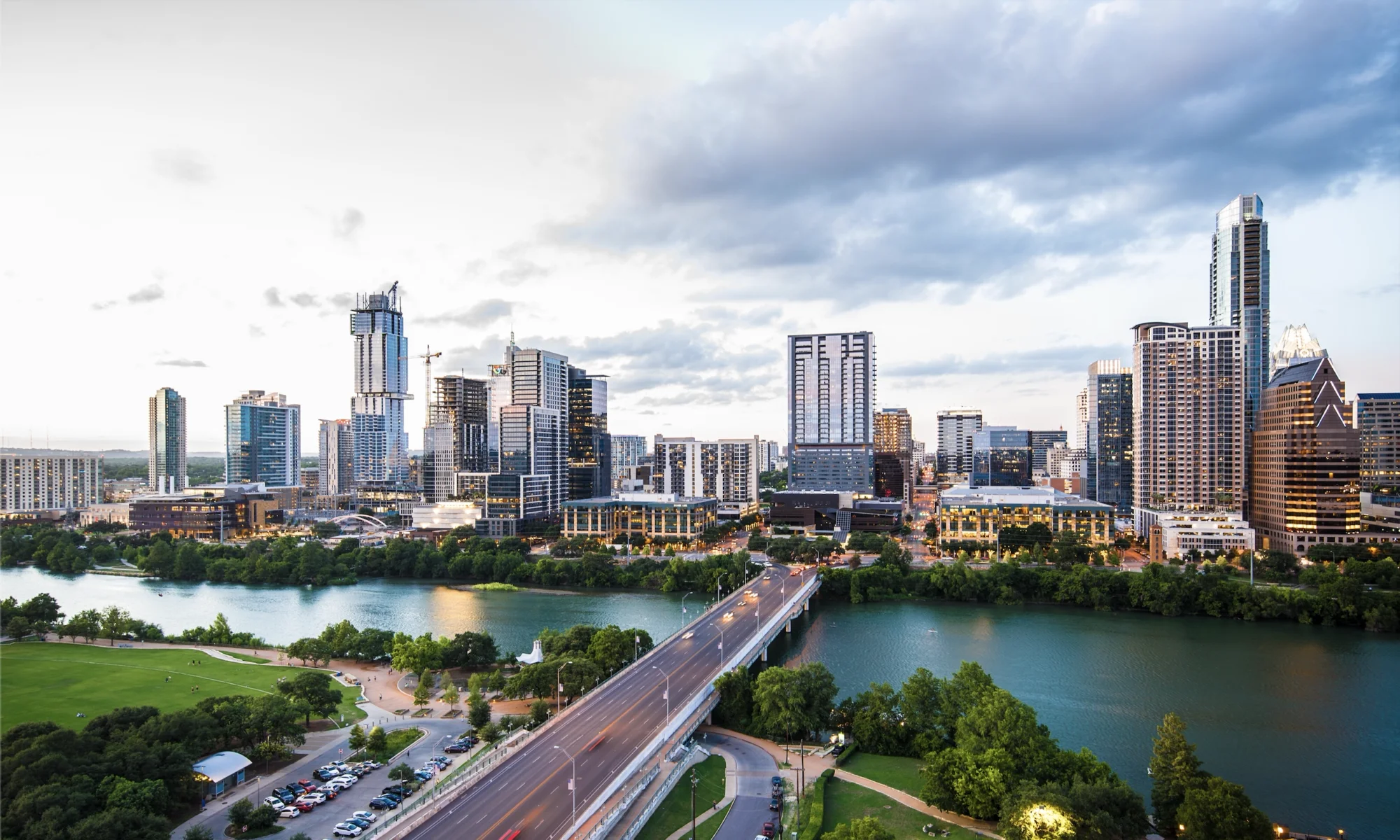Much of conflict over Austin Land Development Code rewrite occurs over the “Transition Zones”.
During the city council meeting on February 12th, Mayor Adler and Council Member Tovo discussed the possibility of reducing the size of these Transition Zones to two-lots off the corridor across the city.
Of course, simply doing so without making other substantial changes to the second draft of the code rewrite would significantly decrease housing capacity, putting us even farther away from our unanimously council-approved goals in the Strategic Housing Blueprint and Austin Strategic Mobility Plan.
By our estimates, doing so would result in a loss of 4,500 to 6,800 units of missing middle capacity and, via compatibility, would prevent multifamily housing from being built along transit corridors, thus further reducing capacity.
However, if the Council is genuinely concerned with reducing transition zones while creating a code that makes our city affordability, environmentally sustainable, and equitable, (not mention walkable, weird, original, progressive, and cool) we believe there is a compromise-code that could satisfy all of these concerns.
Such a code would, in addition to reducing the size of these Transition Zones to two-lots off the corridor across the city, would:
Eliminate compatibility requirements.
We simply must unlock the corridors. If there are no Transition Zones, then compatibility requirements would prevent multifamily apartments building along the corridor. Thus, without significant Transition Zones, we have to eliminate compatibility requirements.
- Put Imagine Austin and years of consensus planning into action.
Minimum R4 zone across the city
The code originally planned on creating missing middle housing supply almost exclusively in Transition Zones. By further reducing the Transition Zones, we lose even more of this entirely sensible form of housing. However, allowing a minimum of R4 zones everywhere would provide more missing-housing than even the first draft’s Transition Zones, while simplifying the code and distributing development across the city.
- Shift development pressures away from finding the cheapest lot zoned with a certain intensity, and back to where the highest demand is (high opportunity, walkable and transit connected areas).
- Give small-scale developers and property owners a real opportunity to compete and deliver products in a competitive way, this could do the most to reduce speculation, drive up competition for building missing middle infill and lead to lower priced units for all
- Stand up and lead for the region, the state and the nation. Do what California can’t do, and beat Portland and Minneapolis to the punch
- Step up to be sustainable, equitable and connected (to support even bigger investments in public housing and transit)
- Fight back against the state and revenue caps by controlling your own destiny with a model that’s more efficient to serve/support, and will deliver more revenue all while reducing the proportional tax-burden on single-family homeowners
Reduce Minimum Lot Sizes to 2500 SF in All Zones and Simplify subdivision
By mandating a minimum lot size we make people pay for land they don’t want or need, making all forms of housing less attainable for non-wealthy Austinites.
Reducing minimum lot sizes while simplifying the subdivision process allows all kinds of housing for all kinds of people in all parts of town.
- Make fee-simple ownership more affordable and realistic for more Austinties
- Help facilitate the creation of the exact supply we need (Re-legalize traditional development, Re-legalize Hyde Park)
- Give residents the tools to make flexible and creative solutions work and ignite truly affordable options to subdivide, build and deliver supply
Gentle Mixed-Use By-Right
Limiting residential-scale mixed-use development prevents exactly the kinds of neighborhoods people love (Mueller, Hyde-Park)
Allowing residential-scale mixed-use development makes neighborhoods walkable, weird, family-friendly, less car-dependent.
- Improve quality of life for all, across the city.
- Unlock dreams for small/independent businesses
- Create walkable/lovable places using proven wisdom with zero public subsidy or massive infrastructure investments
- Reach our mode-shift and mobility goals
Appendix – Capacity Estimates
Draft 2 took:
R4 from 1.96% of city
To 1.47% of city
25% decrease
RM1 from 1.31 to .89% of city
32.1% decrease
Resulting in 5087 decrease in missing middle capacity
5087/16,461
31% decrease in city-wide missing middle capacity
Taking transition zones down to two-lot equivalent citywide would result in somewhere between a 40-60% further reduction in transition zoned area:
A further 40% decrease in both zones
40% of 11374
4550 more mm capacity lost
50% of 11374
5687 more mm capacity lost
60% of 11374
6824 more mm capacity lost
